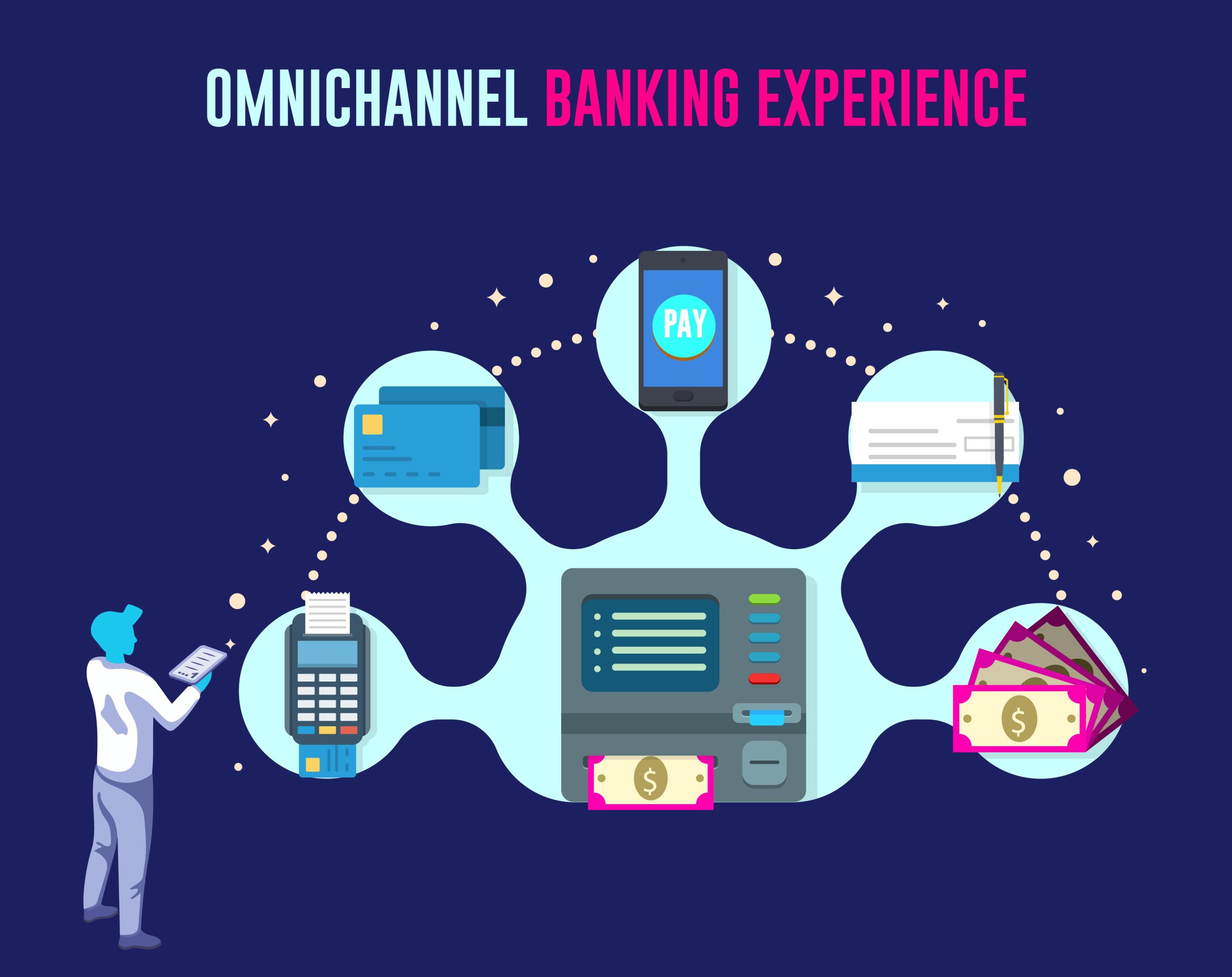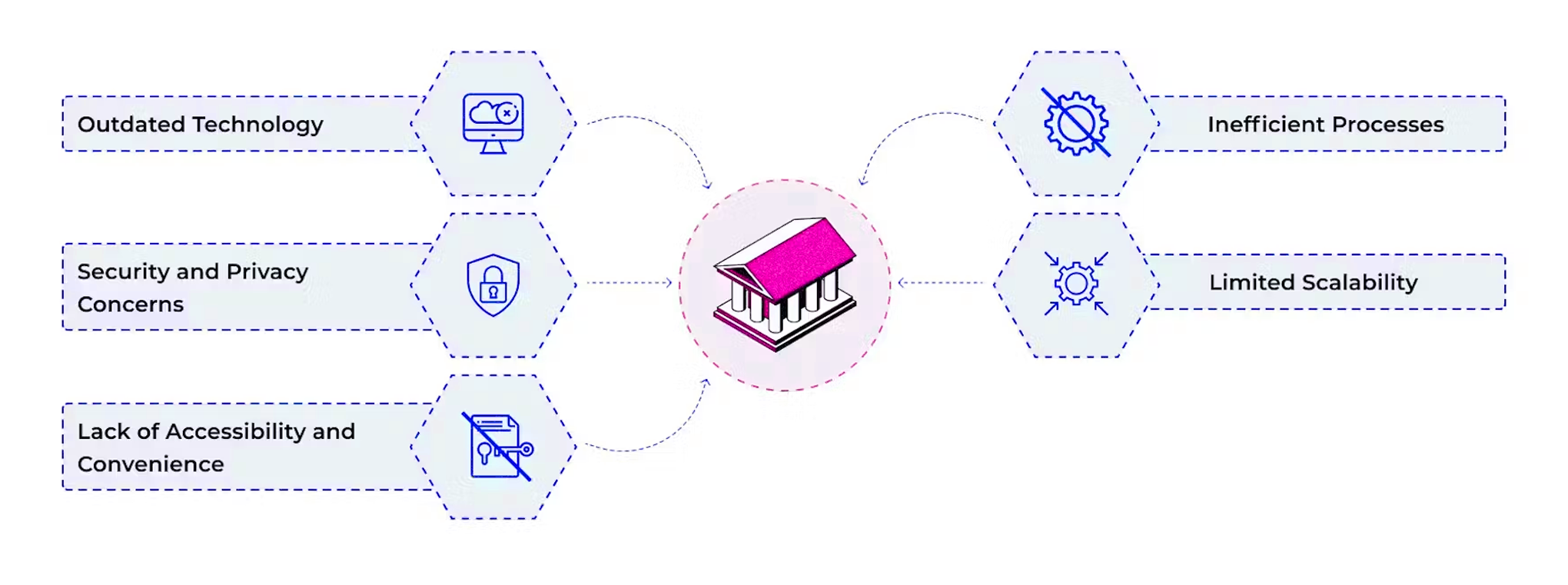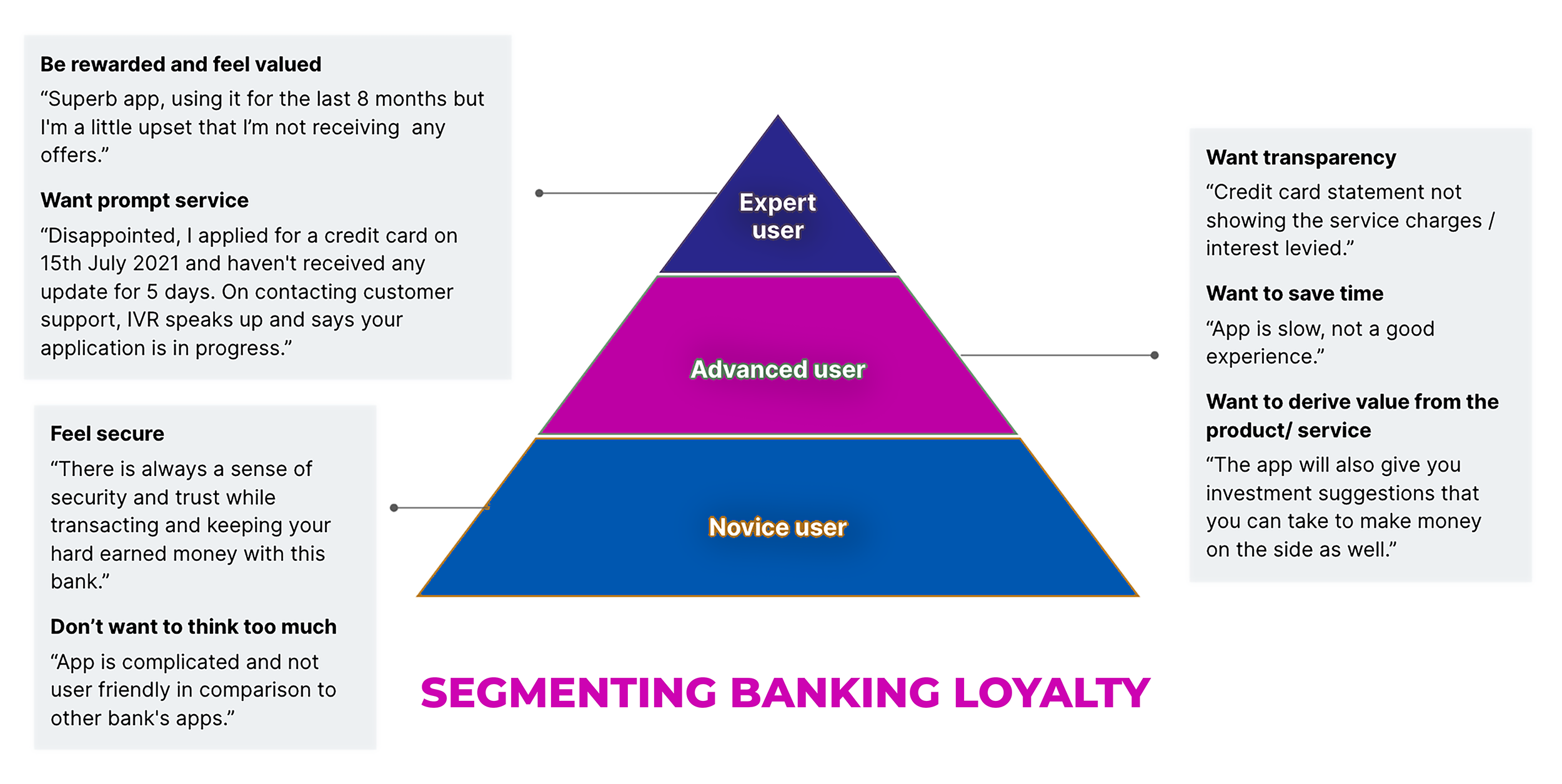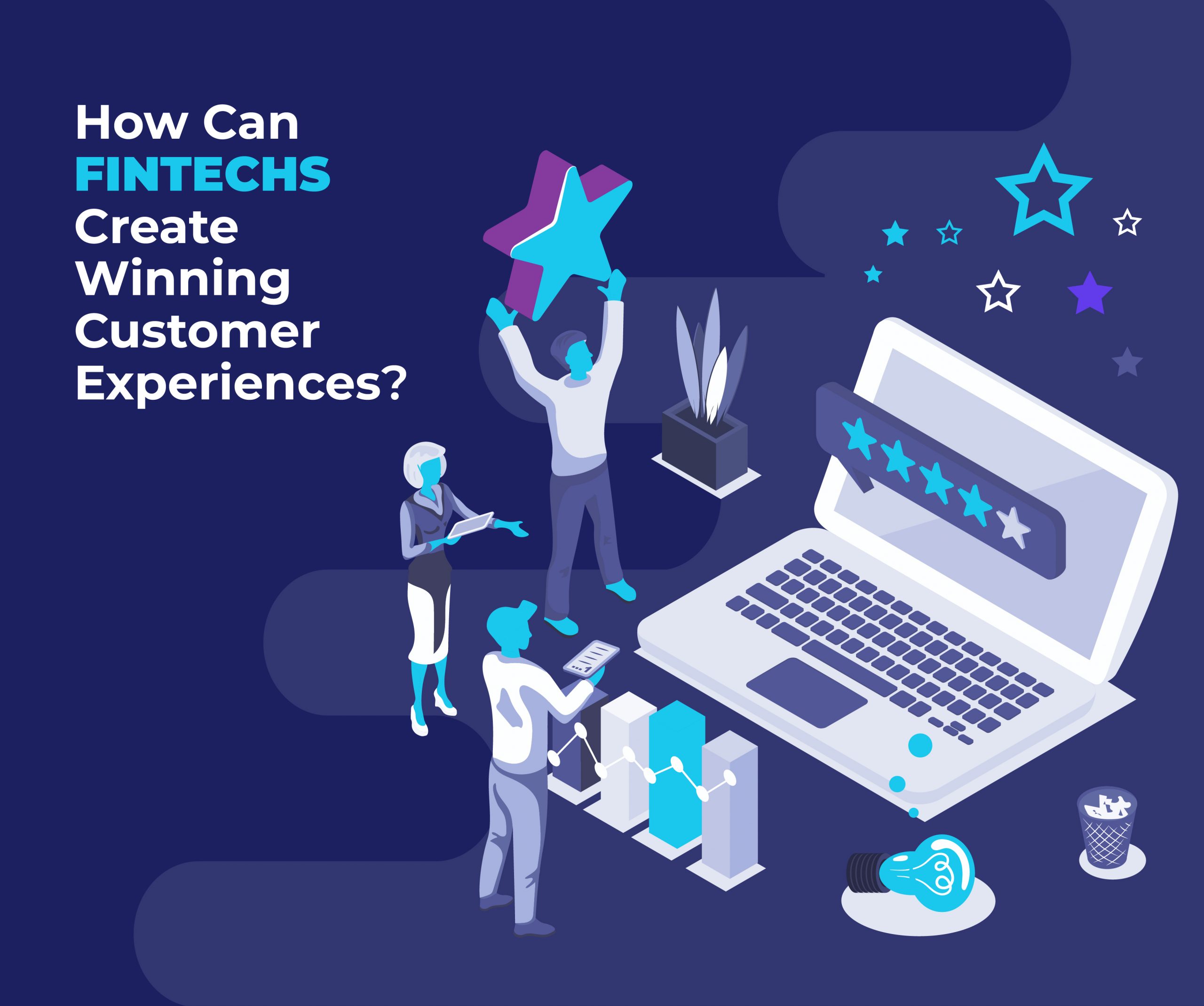Omnichannel Banking Enables Superior Banking Experience

Omnichannel banking is here to revolutionize the Customer banking experience. With omnichannel banking, one can seamlessly navigate various channels like mobile banking, internet banking, and physical branches while enjoying a cohesive and superior banking experience.
By embracing omnichannel banking, financial institutions can provide customers with a seamless and personalized experience. You can start a transaction on your mobile device, continue it on your computer, and finalize it at your local branch without interruption or hassle.

The Rise of Omnichannel Banking
Customers expect a seamless banking experience that integrates various channels in today’s digital age. Gone are the days when customers were limited to traditional brick-and-mortar branches for their banking needs. As technology evolves, customers can access multiple channels, such as mobile banking, internet banking, and virtual assistants.
Omnichannel banking has gained popularity as it allows customers to interact with their financial institutions in a way that suits their preferences and lifestyles. Whether one prefers mobile banking or the familiarity of visiting a physical branch, omnichannel banking ensures a consistent and personalized experience across all channels.
Benefits of Omnichannel Banking for Banks
While omnichannel banking primarily focuses on improving the customer experience, it also benefits financial institutions. Banks can attract and retain more customers by offering a seamless and integrated banking experience. This leads to increased CSAT and loyalty, which drives revenue growth for the bank.
Additionally, omnichannel banking allows banks to gather valuable customer data from various touchpoints. This data can be leveraged to gain customer insights – behavior, preferences, and needs. By understanding their customers better, banks can develop targeted marketing campaigns, create personalized offers, and improve their products and services to serve their customers better.
Key Features of an Omnichannel Banking Experience
To provide a seamless omnichannel banking experience, financial institutions need to incorporate certain key features into their banking platforms. These features ensure that customers can easily navigate between channels and enjoy a consistent experience across all touchpoints.
Firstly, a unified user interface is essential to enable customers to switch between different channels seamlessly. This means that regardless of whether a customer is using a mobile app, a website, or visiting a physical branch, the interface should be intuitive and consistent. This reduces the learning curve and makes for a smoother transition between channels.
Secondly, real-time synchronization of customer data is crucial for a practical omnichannel banking experience. Any transaction or update made through one channel should be reflected immediately across all other channels. For example, if a customer transfers funds using their mobile app, the new balance should be instantly updated on the app, website, and in-branch systems.
Implementing an Omnichannel Banking Strategy
Implementing an effective omnichannel banking strategy requires careful planning and execution. Financial institutions must consider several factors to transition to an omnichannel banking model successfully.
Firstly, a comprehensive analysis of customer needs and preferences is essential. This involves gathering customer feedback, conducting surveys, and analyzing customer behavior data. By understanding what customers expect from their banking experience, banks can align their omnichannel strategy to meet those expectations.
Secondly, banks must invest in robust technology infrastructure to support their omnichannel banking initiatives. This includes implementing a unified customer relationship management (CRM) system, integrating various banking platforms, and ensuring seamless data synchronization across channels. A solid technology foundation is crucial for delivering a consistent and reliable customer experience.
Case Studies of Successful Omnichannel Banking Implementations
Citibank’s platform provides a unified user interface, enabling customers to switch between mobile banking, internet banking, and physical branches effortlessly. The real-time synchronization of customer data ensures that any transaction or update made on one channel is reflected instantly across all other channels. This level of integration and consistency has significantly improved the overall banking experience for Citibank’s customers.
Another successful case study is BBVA, a Spanish multinational bank. BBVA implemented an omnichannel banking strategy focused on personalization and real-time information access. BBVA offers tailored product recommendations, personalized offers, and real-time account information through its mobile app, website, and physical branches. This level of personalization has resulted in increased customer satisfaction and loyalty for BBVA.
Challenges of Implementing Omnichannel Banking
While omnichannel banking offers numerous benefits, it also presents challenges that financial institutions must address during implementation.
One of the main challenges is the integration of various legacy systems and platforms. Banks often have multiple systems that were developed independently, resulting in data silos and technical complexities. Integrating these systems to enable seamless data synchronization and a unified user interface can be complex and time-consuming.
Another challenge is ensuring the security and privacy of customer data across multiple channels. With omnichannel banking, customers expect their personal and financial information to be protected regardless of their channel. FIs must implement solid security measures and adhere to strict data protection regulations to maintain customer trust and confidence.
Future Trends in Omnichannel Banking
As technology continues to advance, the future of omnichannel banking looks promising. Here are some key trends to watch out for:
Artificial Intelligence:
AI-powered virtual assistants and chatbots will be increasingly important in enhancing the omnichannel banking experience. These intelligent systems can provide personalized recommendations, answer customer queries, and automate routine tasks, improving overall efficiency and customer satisfaction.
Voice Banking:
With the increasing popularity of voice assistants like Amazon’s Alexa and Apple’s Siri, voice banking is expected to gain traction. Customers can perform banking transactions and access information using voice commands, further simplifying and streamlining the banking experience.
Internet of Things (IoT):
As more devices become connected, IoT has the potential to transform the way customers interact with their banks. Smart devices such as wearables, connected cars, and smart homes can provide real-time financial information and enable seamless transactions, making banking even more convenient and integrated into customers’ daily lives.
Why Omnichannel Banking is the Future of the Banking Industry
In conclusion, omnichannel banking reshapes how customers interact with their banks, providing a seamless and personalized experience across multiple channels. Customers benefit from enhanced convenience, real-time information access, and personalized recommendations by embracing omnichannel banking. On the other hand, financial institutions can attract and retain more customers, gather valuable customer data, and streamline their operations.
About Maveric Systems
Established in 2000, Maveric Systems is a niche, domain-led, BankTech specialist, transforming retail, corporate, and wealth management digital ecosystems. Our 2600+ specialists use proven solutions and frameworks to address formidable CXO challenges across regulatory compliance, customer experience, wealth management and CloudDevSecOps.
Our services and competencies across data, digital, core banking and quality engineering helps global and regional banking leaders as well as Fintechs solve next-gen business challenges through emerging technology. Our global presence spans across 3 continents with regional delivery capabilities in Amsterdam, Bengaluru, Chennai, Dallas, Dubai, London, New Jersey, Pune, Riyadh, Singapore and Warsaw. Our inherent banking domain expertise, a customer-intimacy-led delivery model, and differentiated talent with layered competency – deep domain and tech leadership, supported by a culture of ownership, energy, and commitment to customer success, make us the technology partner of choice for our customers.
View















